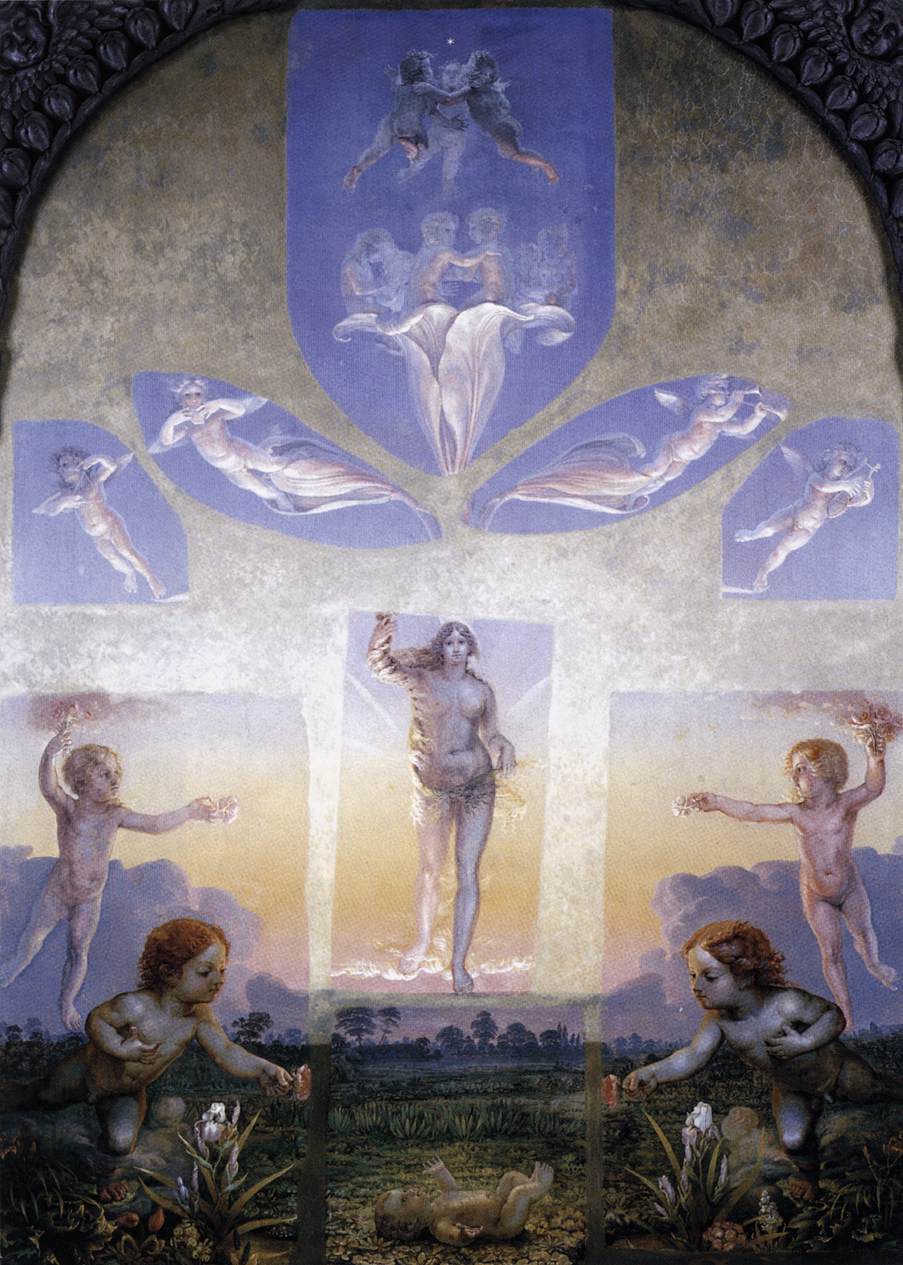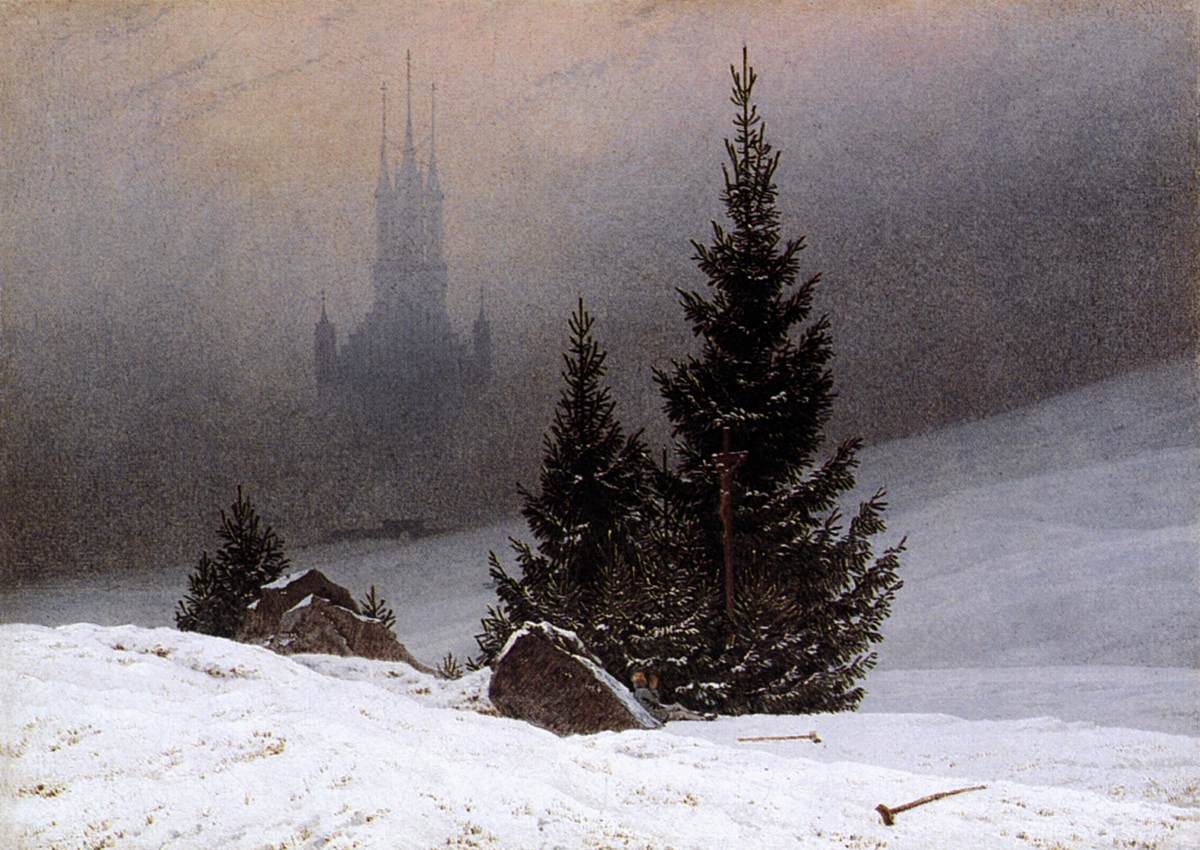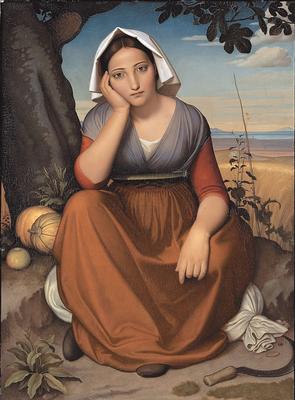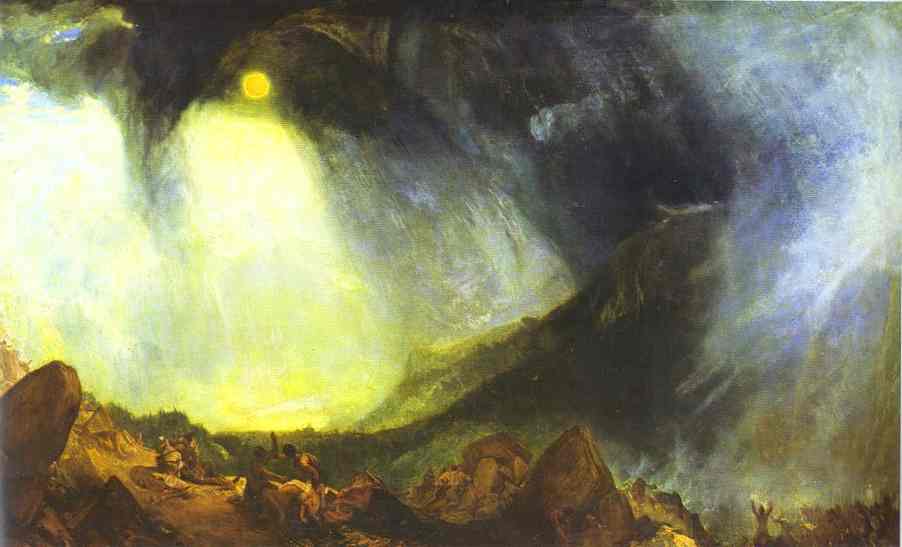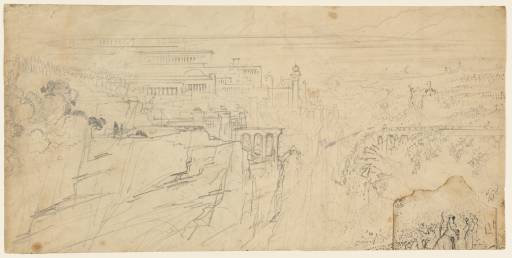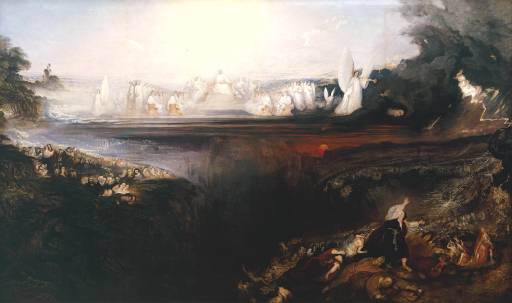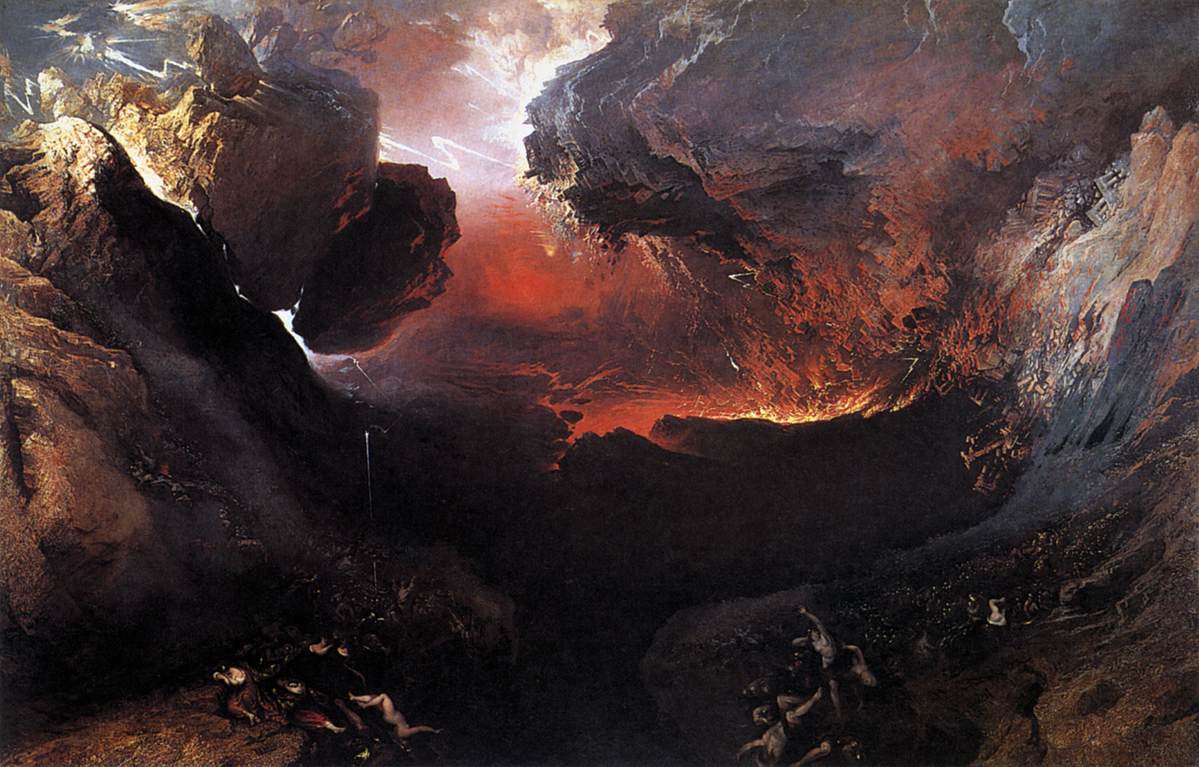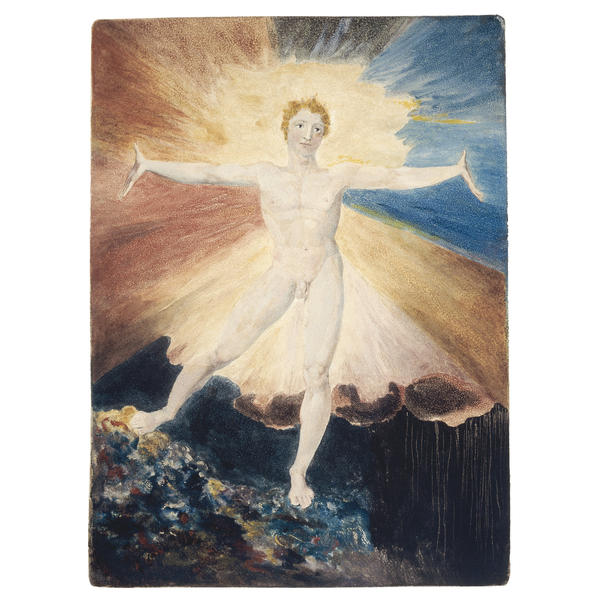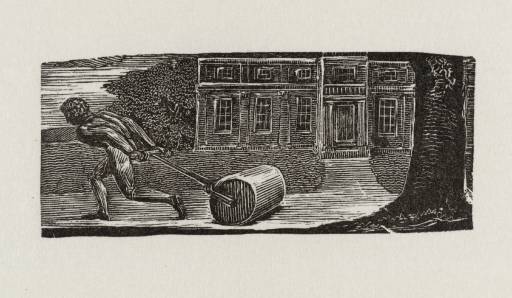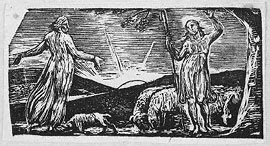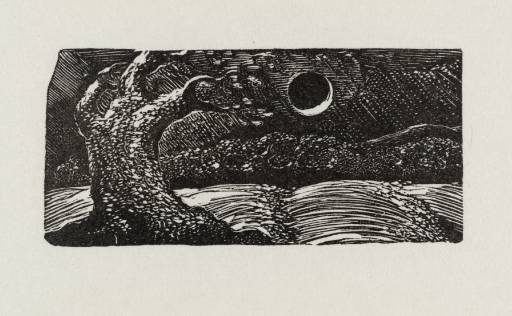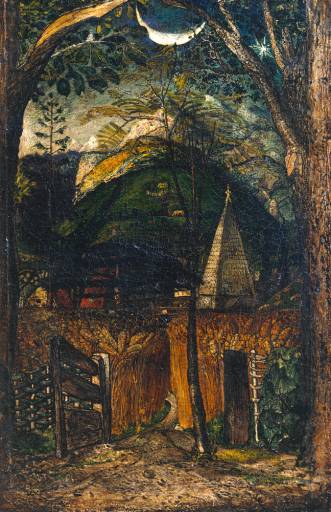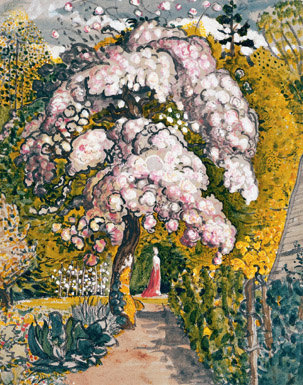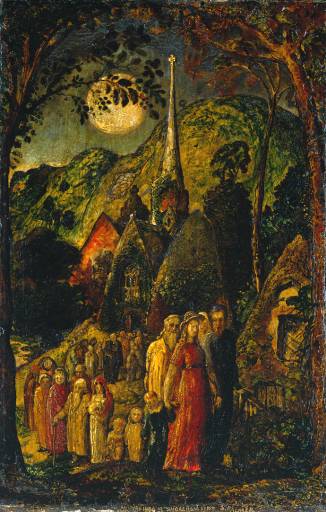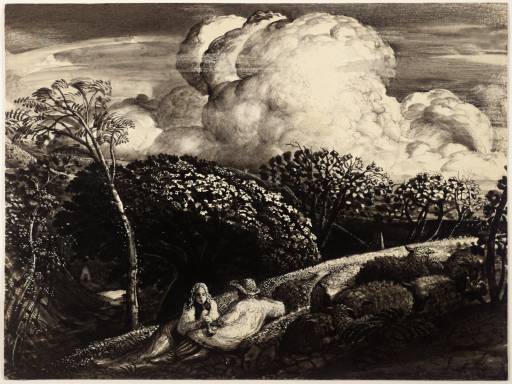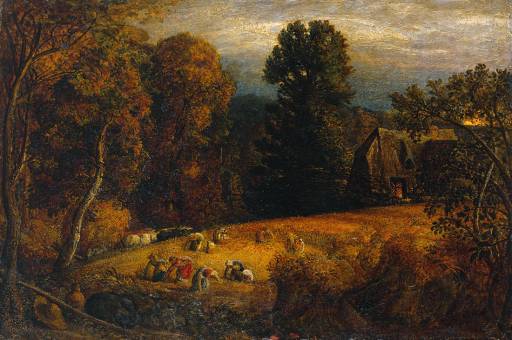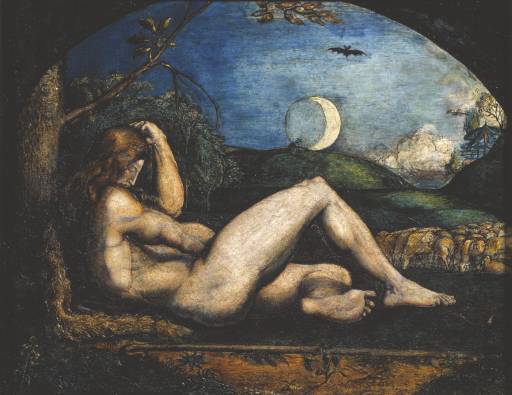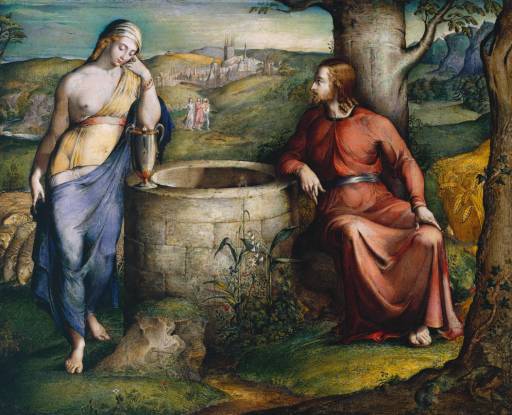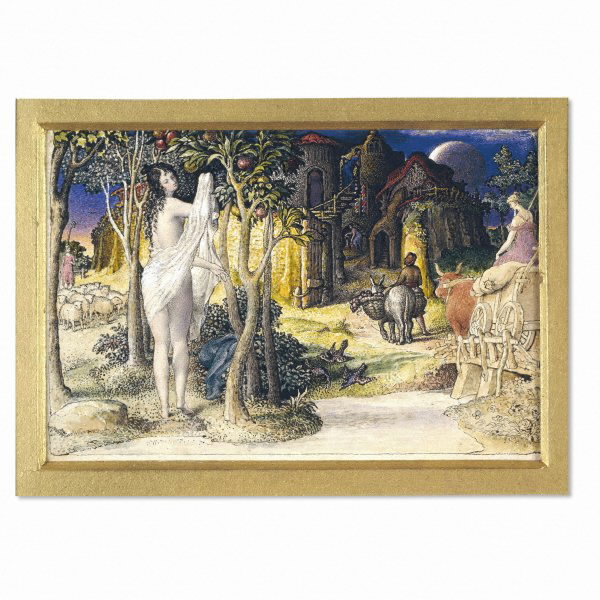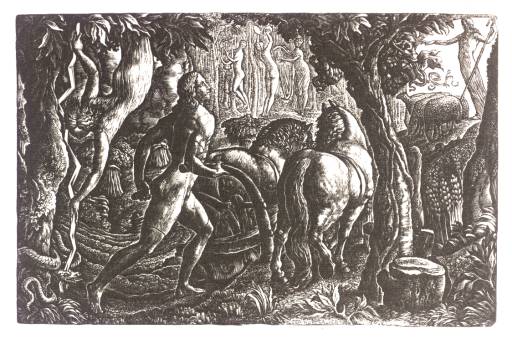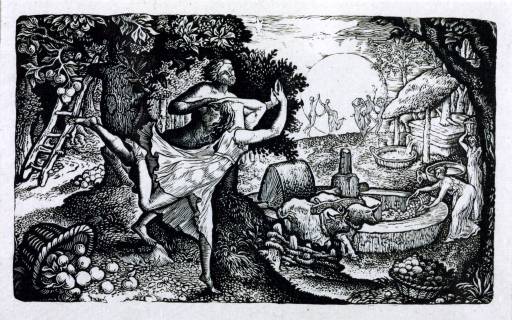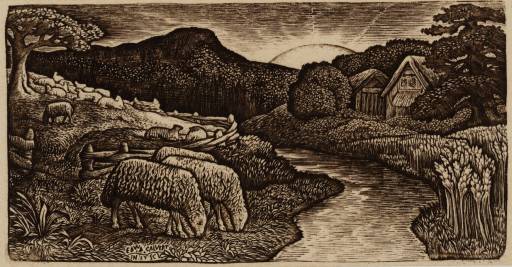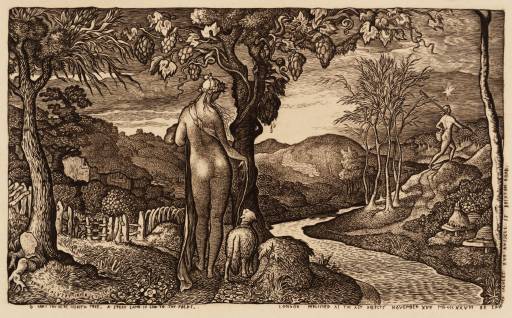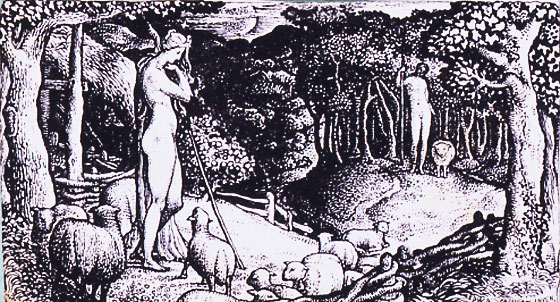Landscape Visions
Reading
B. Lukacher 'Visionary History painting — Blake and his Contemporaries'
Nineteenth Century Art A critical History ed. S. Eisenman (London, 1994)
R. Lister Samuel Palmer and 'the Ancients' (Fitzwilliam exh. cat., Cambridge
1984)
W. Vaughan etc al, Samuel Palmer 1805-1881: Vision and Landscape (London
2005)
T. Wilcox Samuel Palmer (London 2005)
C. Harrison Samuel Palmer (Oxford 1998)
S. Calvert: Memoir of Ed ward Calvert (London, 1893)
G. Bell Edward Calvert (London 1968)
S Casteras, James Smetham: Artist, Author, Pre'Raphaelite Associate
(London 1995)
Quotes
'I was always imagining and trying to draw.' Palmer
‘I doubt not but that there must be the study of his creation, as well as art
and vision: though I cannot think it other than the veil of heaven, through
which his divine features are dimly shining, the setting of the table before the
feast; the symphony before the tune, the prologue before the drama, the dream of
antepast, the proscenium of eternity' Palmer
on Blake's Illustrations for Thornton’s imitation of Virgil's first Eclogue:
'they are visions of little dells, and nooks, and corners of Paradise [with]
such a mystic and dreamy glimmer as penetrates… the inmost soul' (Palmer)
'They are done as if by a child; several of them careless and incorrect, yet
there is a spirit in them, humble enough to move simple souls to tears'
(Calvert,
‘I have a fondness for the Earth, 'I feel a yearning to see the glades and
nooks receding like vistas into the gardens of Heaven' (Calvert)
Man 'finds himself in the midst of a beautiful order of things.., revealed to
his senses, and full of suggestiveness to his imagination of vital power
contained therein. '(Calvert)
Slides
Runge, The Great Morning , 1809-10
Rung, Morning 'The Times of the Day' 1808
Freidrich Winter Landscape 1811
Overbeck Vittoria Caldoni 1821
Turner Snow Storm: Hannibal and his Army Crossing the Alps exhibited 181
Martin Study for The Last Judgement 1830
Martin The Last Judgement 1830.
“This picture illustrates the central event of the book of Revelation. On a
throne in the heavens sits God in judgement, surrounded by the four and twenty
elders. Below on the right the forces of evil, commanded by Satan, are defeated
and tumble into a bottomless pit. To the left on Mount Zion are ‘the good’,
already in ‘the plains of heaven’ and awaiting the call to appear before the
throne. Martin included a high percentage of artists and poets among the good;
these were identified (as were many of the evil characters) in a chart which he
published to accompany the picture.” (Tate Britain)
Martin The Great Day of His Wrath 18513
Blake Albion Rose 1794-5
Blake 17 wood engravings for Ambrose Phillips's 'Imitation of Eclogue 1' in
Robert John Thornton, The Pastorals of Virgil, 3rd edn, London, 1821:
Blake Thenot and Colinet
Blake, A Rolling Stone is ever Bare of Moss
Blake Thenot Remonstrates with Colinet
Blake The Blighted Corn
Palmer A Hilly Scene 1826
Palmer A Shoreham Garden 1830
Palmer Coming from Evening Church 1830
Palmer The Bright Cloud 1833
Palmer The Gleaning Field circa 1833
Richmond Abel the Shepherd 1824
Richmond Christ and the Woman of Samaria 1828
Calvert The Primitive City, pen and ink drawing with watercolour 1822
Calvert The Ploughman 1827
Calvert The Cyder Feast 1828
Calvert The Return Home 1828
Calvert The Sheep of his Pasture 1828
Calvert The Bride 1828
Calvert Ideal Pastoral Life 1829
Notes
Landscapes were regarded as “sermons in nature” and “nature as temperament”.
An early expression of this was in Germany by Freidrich and Rungen.
Friedrich Winter Landscape 1811
Friedrich obtained his topographical training in Copenhagen before he moved
to Dresden. He was influenced by progressive thinkers and ideas of divinity
revealed in nature.
Alludes to Fichte's pantheism. Eg Evergreens represent mankind’s continuing
hope. Beethoven Pastoral Symphony 'Recollection of country life; the expression
of sentiment rather than painting' 1808. Runge conceive his representations of
landscape as a kind of music.
Philipp Otto Runge Morning 1 1808. Intended as 1 of 4 Times of Day, to be
hung in a Gothic Chapel
Flowers seek the light and are nourished by it.
'The Ancients'
Individual approach to exhibiting, selling and technique. Influenced by German
Romanticism, Nazarenes and Durer etc' Blake and the landscape itself
Palmer. Devout Christian. Inspired by Nazarenes, Durer etc
Met Blake in bed
Working on wood engravings: illustrations for Ambrose Phillip’s 'Imitation of
Eclogue 1' in Robert John Thornton, The Pastorals of Virgil, 3rd edn. London,
1821 (a pastoral poem composed in the form of a dialogue). (Philips's reworking
was meant to inspire schoolboy poets to emulate the ancient poets)
Virgile’s First Eclogue is about farmers who had been dispossessed as a
result of the civil war in Italy after Julius Caesar seized power in 49BC.
Thenot (Tityrus) has retained his farm. Meliboeus (Colinet) has lost his.
Blake Thenot Remonstrates with Colinet 1821
Colinet: Nor lark would sing, nor linnet, in my state.
Each creature, Thenot, to his task is born;
As they to mirth and music, I to morn.
The Blighted Corn
Thenot agrees that Colinet was born in a 'hapless…time”.
= Virgil's description of the state of chaos in the land.
Also influence of Milton — In his hymn Jerusalem Blake sings for those
dispossessed of their “own Imaginations” as he describes them in the Preface to
Milton.
A Rolling Stone is ever Bare of Moss 1821
Palmer moves to the Kent village of Shoreham 1826 – 1834
Palmer coming from Evening Church 1830
Palmer Rustic Scene 1825
The experience of the natural world became a form of worship, wedding the
naturalistic and the visionary.
The Romantic trope of the subject artist as a lonely wanderer perceiving in
nature as a revelation of the divine is famously expressed in Wordsworth's
Tintern Abbey 1798. Nature signifies eternity, continuity, and divine promise.
“I doubt not but that there must be the study of his creation, as well as art
and vision: though I cannot think it other than the veil of heaven, through
which his divine features are dimly shining, the setting of the table before the
feast, the symphony before the tune, the prologue before the drama, the dream of
antepast, the proscenium of eternity”
Blake’s notion of Beulah
Biblical Beulah = name given to Palestine when God restored it to favour John
Bunyan’s Beulah or Earthly Paradise of The Pilgrim's Progress.
Beulah also meant 'married'.
Palmer A Hilly scene 1826
Palmer The Gleaning Field 1833
Neo'Platonism
Jerusalem cites a prophet who will not rest until liberty and peace are 'built'
in 'England's green & pleasant Land'.
= ancient mythology, second, or silver, age of man when he had to toil to live.
Foreground sheaves (=silver age)
Background sheep = 'England's pleasant pastures'
But none of Blake's irony or complexity?
George Richmond
Richmond Christ and the Woman of Samaria 1828
Jesus uses his meeting with the Samaritan woman to explain his mission on
earth: whoever drinks from the well 'shall thirst again…but the water that I
shall give him shall be…water springing up into everlasting life.'
George Calvert
Calvert private means, left Academy
Of Blakes Virgil woodcuts 'They are done as if by a child; several of them
careless and incorrect, yet there is a spirit in them, humble enough to move
simple souls to tears'
Calvert The Return Home 1828
Calvert The Sheep of his Pasture 1828
Calvert The Ploughman 1827
Calvert The Cyder Feast 1828
By the Gift of God in Christ
Pagan: arcadian imagery based on Theocritus and other pagan idylls
“The Four Phases of Life.”
Elemental, associated with Pan. (;od of the shepherds;
Simple, associated with Dionysius, God of Wine, Ectasy and Fertility;
Mythic associated with Hermes, messenger of the Gods;
Votive, associated with Phoebus, or the Sun, a 'reverence for moral powres, of
gods still higher.
Calvert Ideal Pastoral Life 1829
Man 'finds himself in the midst of a beautiful order of things…revealed to his
senses, and lull of suggestiveness to his imagination of vital power contained
therein.'
Calvert The Bride 1828
The Soul as the Bride seeking God on the difficult path to salvation.
Blake dies 1831
New Techniques
Blake
Experiments with wood'engraving: composition is incised into the wood block
instead of being gouged out to stand in relief (as in a wood cut) creating a
white design against a dark ground — freedom and ruggedness = poetry's mood of
rustic simplicity and melancholy.
Palmer
Intuitive, breakdown of media heirarchy
Trained as a draughtsman, Palmer had no formal education as a painter Palmer A
Hilly Scene in animal glue, gum Arabic and cherry gum, and sugar Strange
combination of varnished gum and wash used in the six landscapes of 1825 is the
most conspicuous instance of a generally cavalier approach to technique. He also
used soot mixed with wash for some monochrome moonlight scenes of several years
later and blended gum arabic, or even flour, with water and gouache to add
density or textural quality.
Richmond
Same blend of gums (Arabic and tragacanth) as Blake used in his 'tempera'.
He mixed and blended far more gradations of blue and green than Blake.
Calvert
11 miniature prints 1827-1831
wood-engraving, chiaroscuro.
Caspar David Friedrich (1774-1840)
The greatest German Romantic painter and one of the most original geniuses in
the history of landscape painting. He was born at Greifswald on the Baltic
coast, and after studying at the Copenhagen Academy with Juel and Abildgaard
from 1794 to 1798, he settled permanently in Dresden. There he led a quiet life,
interrupted only by occasional excursions to the mountains or the coast of
Pomerania, pursuing with a rare and instinctive single-mindedness his personal
insight into the spiritual significance of landscape. He was intensely
introspective and often melancholic (although his marriage at the age of 44
brought him much happiness), and he relied on deep contemplation to summon up
mentally the images he was to put on canvas. ‘Close your bodily eye, so that you
may see your picture first with your spiritual eye’, he wrote, ‘then bring to
the light of day that which you have seen in the darkness so that it may react
on others from the outside inwards.’
Friedrich began with topographical drawings in pencil and sepia wash and did not
take up oil painting until 1807. One of his first works in the new medium, The
Cross in the Mountains (Staatliche Kunstsammlungen, Dresden, 1808), caused great
controversy because it was painted as an altarpiece, and to use a landscape in
this unprecedented way was considered sacrilege by some critics. His choice of
subjects often broke new ground and he discovered aspects of nature so far
unseen: an infinite stretch of sea or mountains, snow-covered or fog-bound
plains seen in the strange light of sunrise, dusk, or moonlight. He seldom uses
obvious religious imagery, but his landscapes convey a sense of haunting
spirituality.
Friedrich had a severe stroke in 1835 and returned to his small sepias. He was
virtually forgotten at the time of his death and his immediate influence was
confined to members of his circle in Dresden, notably Georg Friedrich Kersting,
who sometimes painted the figures in Friedrich’s work. It was only at the end of
the 19th century, with the rise of Symbolism, that his greatness began to be
recognized. Most of his work is still in Germany.
(Web Gallery of Art)

